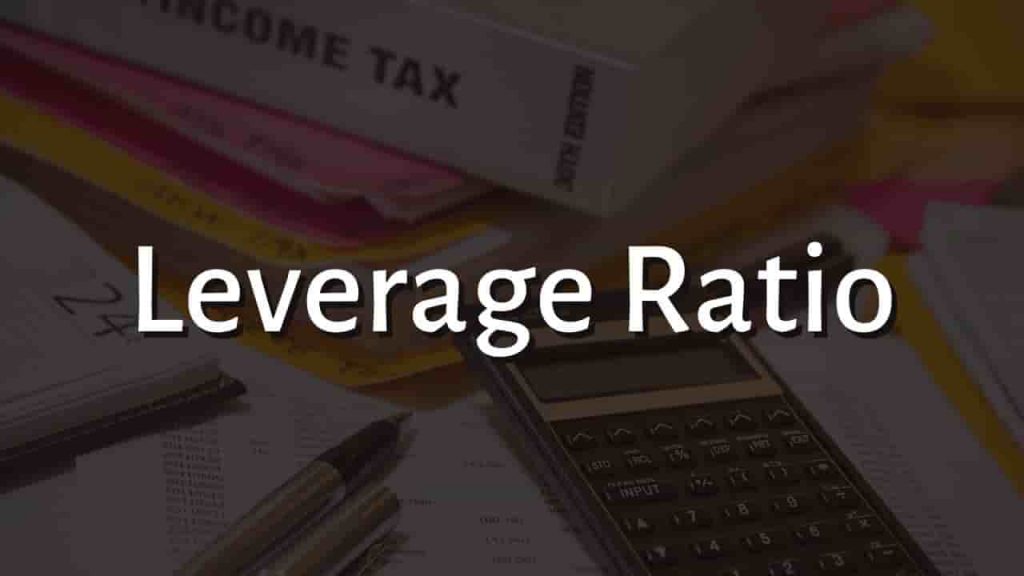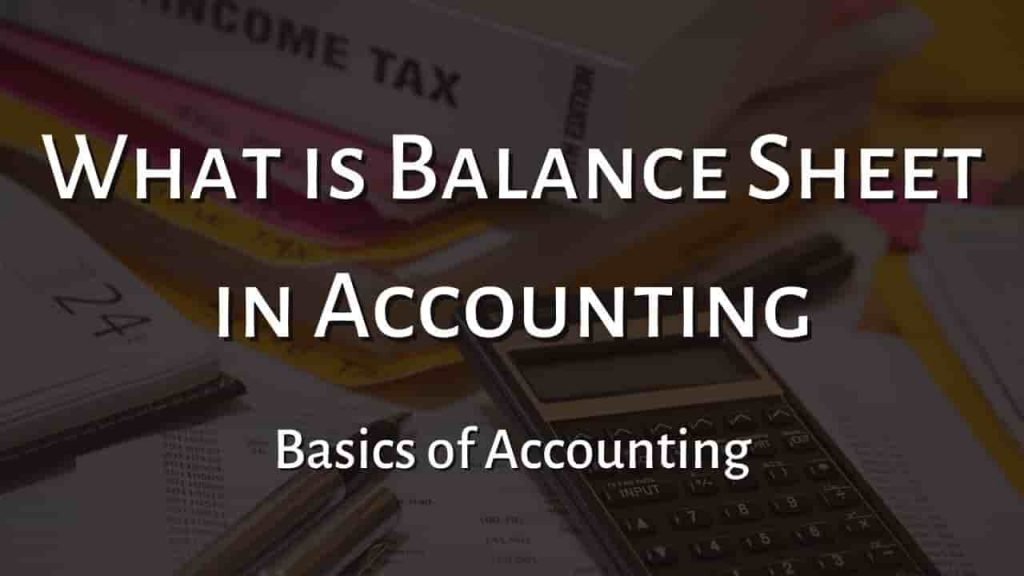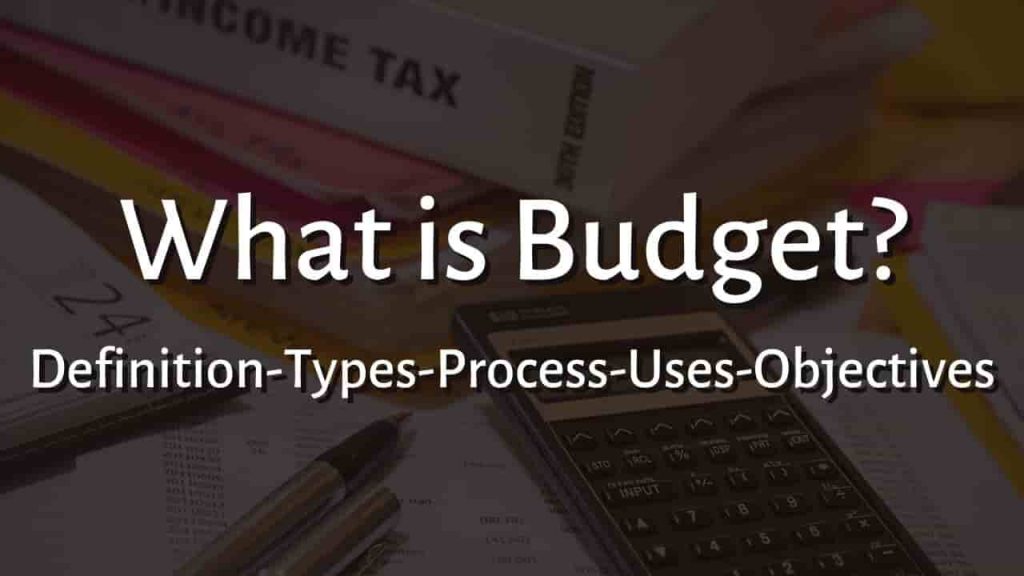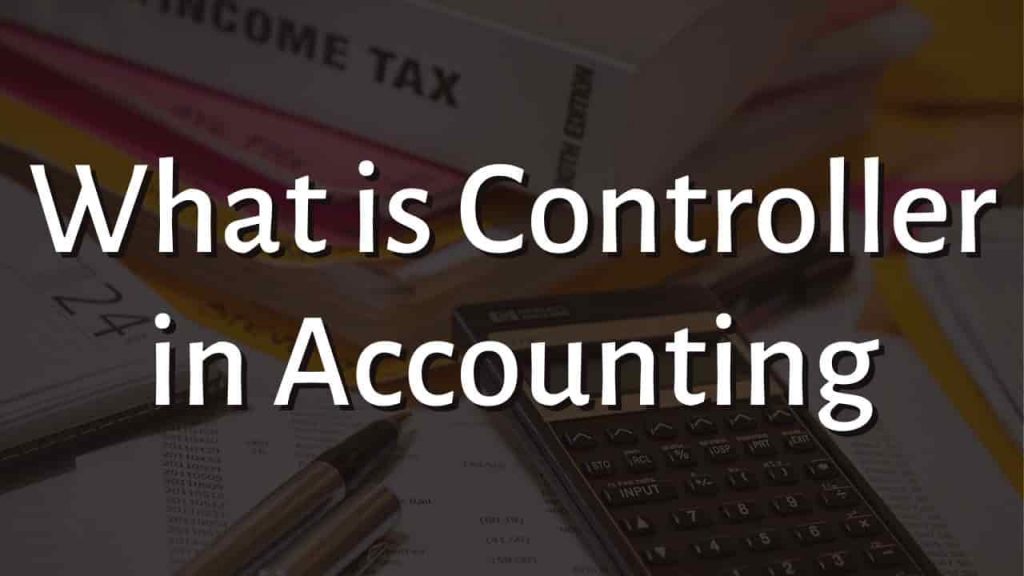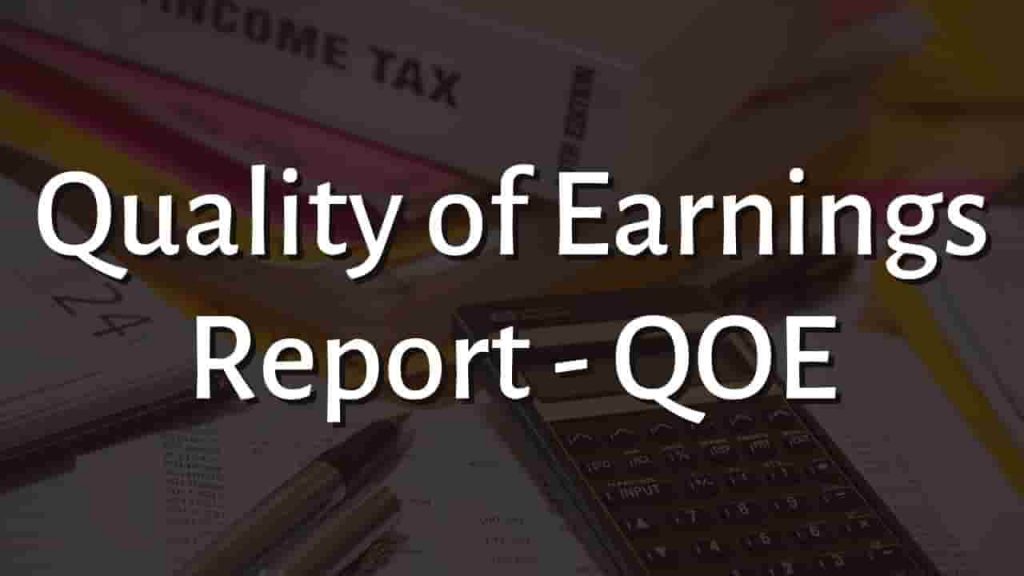Credit Score
A credit score is a three-digit figure, generally ranging from 300 to 850, that predicts your ability to repay borrowed funds and pay expenses.
Your credit score is determined using information from your credit accounts. Credit-reporting firms, often known as credit bureaus, collect this information and put it into your credit reports. The three major credit bureaus are Equifax, Experian, and TransUnion.
A higher credit score suggests that a borrower is less risky and more likely to make timely payments. Credit ratings are frequently used to predict whether or not a person will pay back obligations such as loans, mortgages, credit cards, rent, and utilities.
Credit scores can be used by lenders to determine loan qualifying, credit limit, and interest rate.
What Credit Score is Good
A credit score of 700 or more is typically regarded as good for a score ranging from 300 to 850. A score of 800 or above on the same scale is considered excellent. The majority of people have credit scores between 600 and 750.
In 2020, the average FICO® Score in the United States was 710, up to seven points from the previous year. If you have a higher credit score, creditors may be more confident that you will pay your debts on time in the future.
However, when evaluating consumers for loans and credit cards, creditors may set their own criteria for what they consider to be outstanding or poor credit scores.
Credit Score Range
Creditors choose their own criteria for what scores they will accept, however, the following are common guidelines:
- A credit score of 720 or greater is typically regarded as excellent.
- A credit score of 690 to 719 is considered good.
- Credit scores ranging from 630 to 689 are treated fairly.
- And credit ratings of 629 or below are considered bad.
In addition to your credit score, additional criteria such as your income and previous obligations may be considered by creditors when deciding whether to approve your application.
What Credit Score is Needed to Buy a House?
Your credit score is a number that varies from 300 to 850 which indicates your creditworthiness. The higher your credit score, the more lenders will be interested in working with you.
Though better credit ratings are preferred by lenders, it is still feasible to obtain a mortgage with less-than-ideal credit. It all depends on the sort of loan you’re seeking. Credit score standards vary between conventional and government-backed loans.
Conventional loans are not backed or guaranteed by any government program. They are ideally suited to customers with stronger credit ratings and funds set aside for a down payment.
When applying for a conventional loan, you should have a credit score of 620 or above. If your credit score is less than 620, lenders may be unable to accept your loan or maybe compelled to offer you a higher interest rate, resulting in higher monthly payments.
Importance of Good Credit Score
In general, having good credit might make it simpler to achieve your financial and personal goals. It might be the difference between qualifying for and being refused a big loan, like a home mortgage or a car loan. And it can have a direct influence on how much interest or fees you’ll have to pay if you’re accepted.
Your credit reports (but not your consumer credit scores) may also have an impact on you in other ways. Before making a hiring or promotion decision, certain businesses may check your credit report.
In addition, in most jurisdictions, insurance firms may utilize credit-based insurance ratings to assist calculate your car, home, and life insurance premiums.
How to Improve Your Credit Score
Focus on the fundamental variables that impact your credit ratings to improve them.
Make the minimum payment and pay off all of your bills on time. Even a single late payment can have a negative impact on your credit score, and it can linger on your credit record for up to seven years.
If you fear you may be late with a payment, contact your creditors as soon as possible to see if they can work with you or provide emergency options.
Maintain a low credit card balance. Your credit utilization rate, which compares the current balance and credit limit of revolving accounts like credit cards, is an important scoring factor.
A low credit utilization rate may help your credit score. Those with good credit frequently have a utilization rate in the single digits.
Accounts should be opened that will be reported to credit bureaus. If you have a limited number of credit accounts, be sure that any new ones you open are recorded on your credit report.
These might be installment accounts like school loans, vehicle loans, house loans, personal loans, or revolving accounts like credit cards and lines of credit.
Borrow credit only if you actually need it. When you apply for a new account, you may receive a hard inquiry, which may have a little negative influence on your credit score.
The impact is normally modest, but applying for many types of loans or credit cards in a short period of time may result in a higher score decline.
How to Check Your Credit Score
Checking your credit score used to be tough. However, there are various ways to check your credit scores nowadays, including a variety of free options.
Your bank, credit union, lender, or credit card issuer may offer you one of your credit scores for free.
The source of your credit score might influence the sort of credit score you receive. Some providers may provide you with a version of your FICO® Score, but others may provide VantageScore credit ratings.
In any case, the credit report that the scoring system reviews will have an impact on the anticipated score.
Difference Between the FICO Score and VantageScore
Despite the fact that FICO and VantageScores perform comparable functions, they are not the same. Consider them the Pepsi and Coca-Cola of the financial world. The following are some important distinctions between the two credit score brands.
FICO and VantageScore Solutions are rival firms. Each one develops and sells credit scores to lenders and other financial institutions.
To qualify for a FICO Score, your credit report must show at least one tradeline (e.g., credit card, loan, line of credit, etc.) that is at least six months old. In addition, at least one tradeline on your report must have shown activity during the past six months.
It’s a little simpler to get a VantageScore now. Regardless of the age of the account, your credit report just needs at least one tradeline to be included.
The items seen on your credit report are assigned various values (or weights) by the FICO and VantageScore models. Your credit record may gain you 150 points toward your FICO Score if it is devoid of delinquencies.
However, the identical report with no late payments may get you 155 points according to the VantageScore scoring algorithm. These point values are totally speculative, but they do represent how credit scores operate.
For more click here and if you are looking for full forms of different acronyms and words then check out this list you really gonna find this helpful. We also have an Essay on every topic, Check the complete list here. If you are Studying in Matric Free Video Lectures of Maths, Physics and English are here, and we have got you covered for I.COM Business Maths also.



